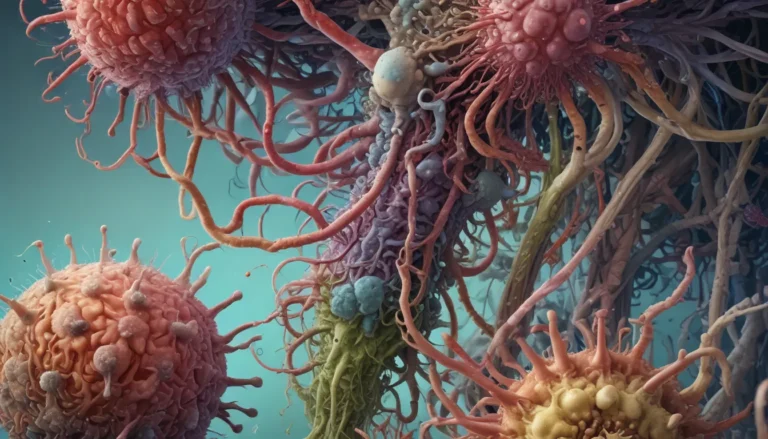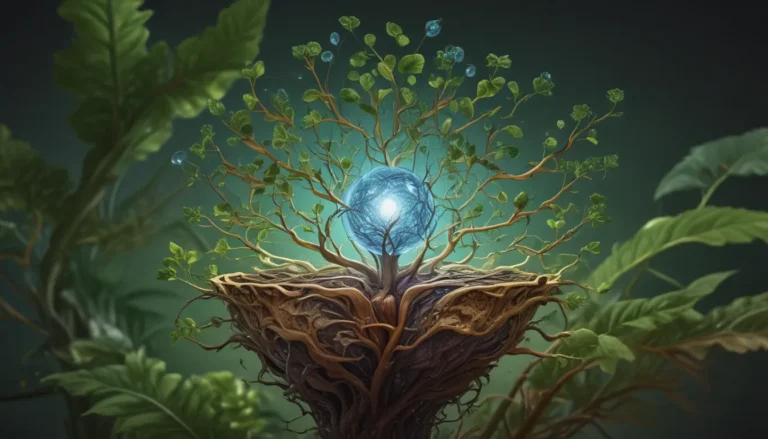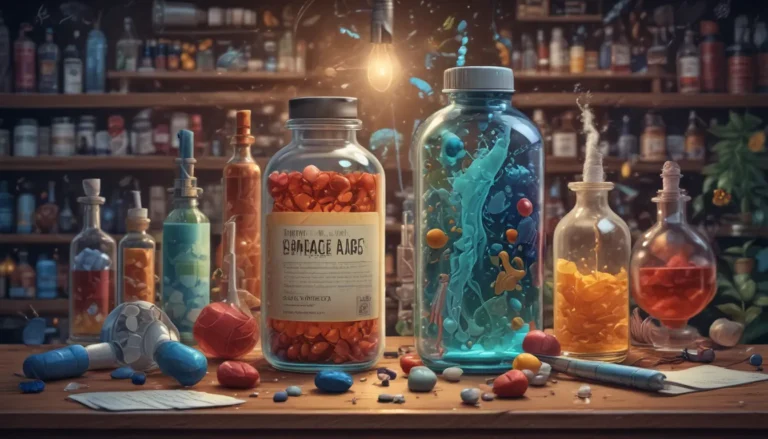A Note About Images: The images used in our articles are for illustration purposes only and may not exactly match the content. They are meant to engage readers, but the text should be relied upon for accurate information.
Welcome to the enigmatic world of environmental biotechnology, where biology meets engineering to create sustainable solutions for our planet. This fascinating field encompasses a wide array of applications, from cleaning up pollution to producing renewable energy and developing eco-friendly materials. Join us as we explore the captivating intersection of biology and the environment, uncovering the astonishing potential of microorganisms, genetic engineering, and bioremediation.
Harnessing Nature’s Power: The Role of Microorganisms in Environmental Biotechnology
One of the key pillars of environmental biotechnology is the use of microorganisms to address environmental challenges. These tiny organisms possess unique abilities to break down pollutants, convert waste into energy, and remediate contaminated sites. By harnessing nature’s power, environmental biotechnologists are paving the way for a greener and more sustainable future.
- Bioaugmentation for Wastewater Treatment: In bioaugmentation, specific microorganisms are introduced into wastewater treatment systems to enhance the degradation of organic matter, ensuring more efficient and effective water purification.
- Bioleaching for Metal Recovery: By utilizing bioleaching, microorganisms are employed to extract valuable metals from ore bodies, offering a sustainable and environmentally friendly alternative to traditional mining practices.
Bioremediation: Nature’s Solution to Pollution
Bioremediation techniques play a crucial role in cleaning up contaminated sites and restoring environmental health. By leveraging the power of microorganisms, environmental biotechnologists can degrade toxic pollutants and revitalize degraded ecosystems.
- Phytoextraction for Soil Remediation: Plants are used in phytoextraction to remove heavy metals and pollutants from contaminated soils, contributing to the restoration of soil quality and health.
- Bioplastics from Renewable Resources: Environmental biotechnology is involved in the development of bioplastics, which are made from renewable resources and offer a sustainable alternative to traditional plastics.
Illuminating Innovations: Genetic Engineering in Environmental Applications
Genetic engineering techniques are at the forefront of environmental biotechnology, enabling scientists to modify the genetic makeup of microorganisms for specific environmental applications. By enhancing the capabilities of these organisms, genetic engineering opens up new possibilities for pollution control and sustainability.
- Microbial Fuel Cells: These cells harness the metabolic activity of microorganisms to generate electricity from organic matter, providing a renewable and eco-friendly energy source.
- Bioluminescent Bacteria as Biosensors: Bioluminescent bacteria can be engineered to detect and signal the presence of specific pollutants in the environment, offering a novel approach to environmental monitoring.
Towards a Sustainable Future: Advancements in Renewable Energy and Waste Management
Environmental biotechnology plays a vital role in the development of renewable energy sources and the optimization of waste management processes. From biogas production to enzyme immobilization, these innovative technologies are shaping a more sustainable future for our planet.
- Algal Biofuels for Sustainable Energy: Algae are being explored as a source of biofuels due to their high lipid content, rapid growth, and ability to absorb carbon dioxide from the atmosphere, offering a renewable and carbon-neutral energy solution.
- Bioreactors for Waste Treatment: Bioreactors provide a controlled environment for the growth of microorganisms involved in waste treatment processes, optimizing efficiency and reducing environmental impact.
Embracing Innovation: The Future of Environmental Biotechnology
As our understanding of environmental biotechnology continues to evolve, we can expect even more groundbreaking discoveries and technologies in the years to come. By harnessing the power of nature and scientific innovation, we can work towards a more sustainable and thriving future for our planet.
Conclusion: A Sustainable Path Forward
Environmental biotechnology offers a glimpse into a world where nature and technology converge to address pressing environmental challenges. From pollution control to renewable energy production, this interdisciplinary field holds the key to a cleaner and greener future for generations to come. Let us embrace the possibilities of environmental biotechnology and work together towards a more sustainable and resilient planet.
Explore the wonders of environmental biotechnology and join us on a journey of discovery and innovation. Together, we can make a difference and create a world where nature and technology coexist harmoniously for the benefit of all.






